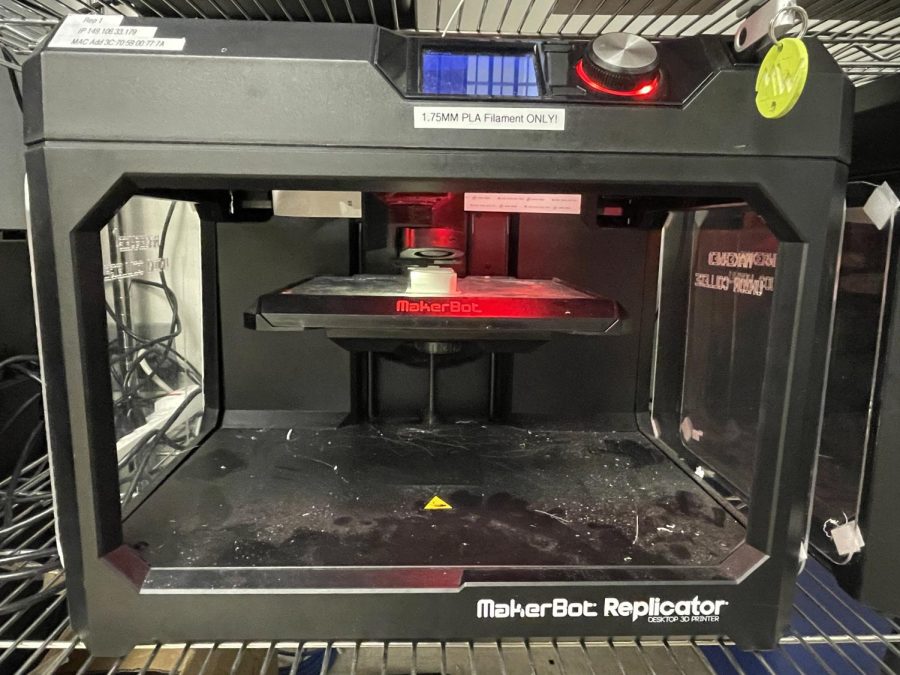Mechanical Engineering student on use of 3D printing for additive manufacturing
February 24, 2023
Sakuu, a sustainable battery technology firm based in Silicon Valley announced on February 15 that they were able to produce a lithium metal battery that achieved a benchmark energy-density achievement of 800 Watt-hours per liter (Wh/L), according to a press release on the Sakuu website. For comparison, market-leading lithium-ion batteries, like those found in top-selling electric vehicles, have functioned in a range of 500-700 Wh/L. This is a significant milestone on Sakuu’s goal of developing fully 3D printable solid-state batteries capable of greater than 1200 Wh/L by 2023.
Currently, 3D printing is mainly used in additive manufacturing to create very advanced and complicated components that would be extremely difficult to make conventionally, according to technology.org. For example, gas turbines for the aviation industry must be able to cope with extremely high combustion temperatures in order to be effective products. This means that they have to be built from harder and stronger materials, which are also difficult to work with. On a 3D printer, the workplace can be built to fit into the final geometry, and then it can be further refined using a diamond tool. 3D printing is also used to avoid a cumbersome casting technique that involves much handiwork in the case of individualized products that have to be molded to the user’s anatomy, such as custom-made hearing aids. Small components such as the sound channels in hearing aids, which are easily clogged with earwax, may even be printed with cilia to make them self-cleaning and improve the overall quality and life of the final product. In addition, metal objects that are typically made of titanium can also be 3D printed to contain porous surfaces. These pores may, for example, enable bone to “grow into” implants such as artificial hips, making it possible to avoid previous less effective methods of attaching prosthetic body parts such as glue.
Miles Teng-Levy ‘25 is currently one of the students working in the 3D print lab in the Wold Center. He stressed that 3D printing is especially useful for creating components that will be used on an individual scale, whether they be extremely customized commercial items or hobbyist items because of the time needed to manufacture them using 3D printing. In contrast, on a commercial scale it would be more efficient to use an injection molding procedure to manufacture complicated parts on a mass scale. He did note that 3D printing is often used for prototyping because of the fewer number of units needed for prototype testing


